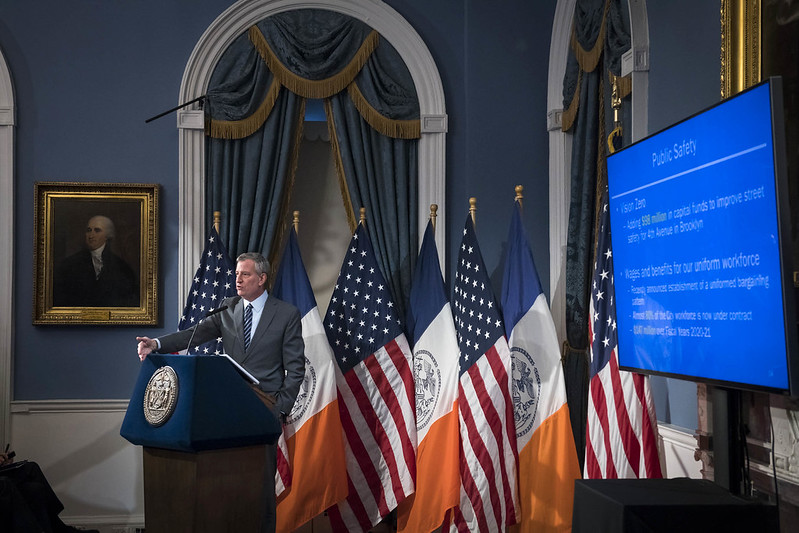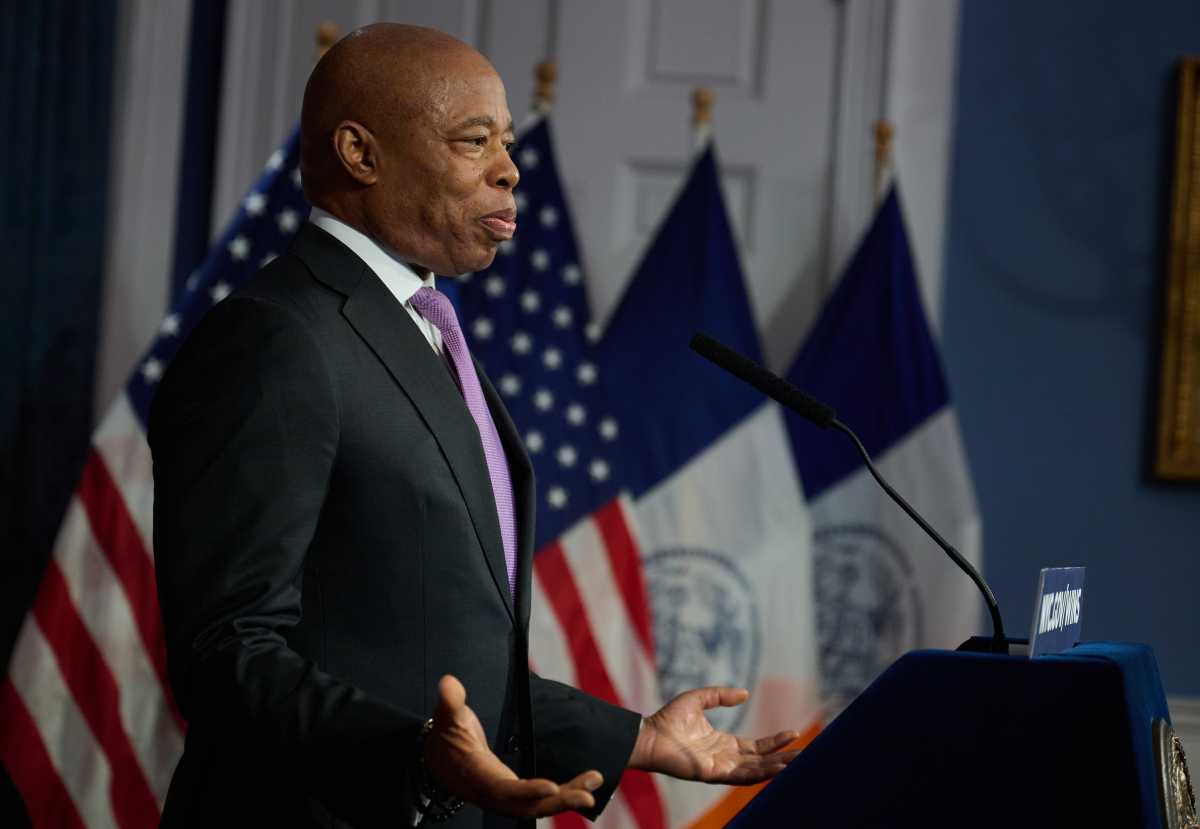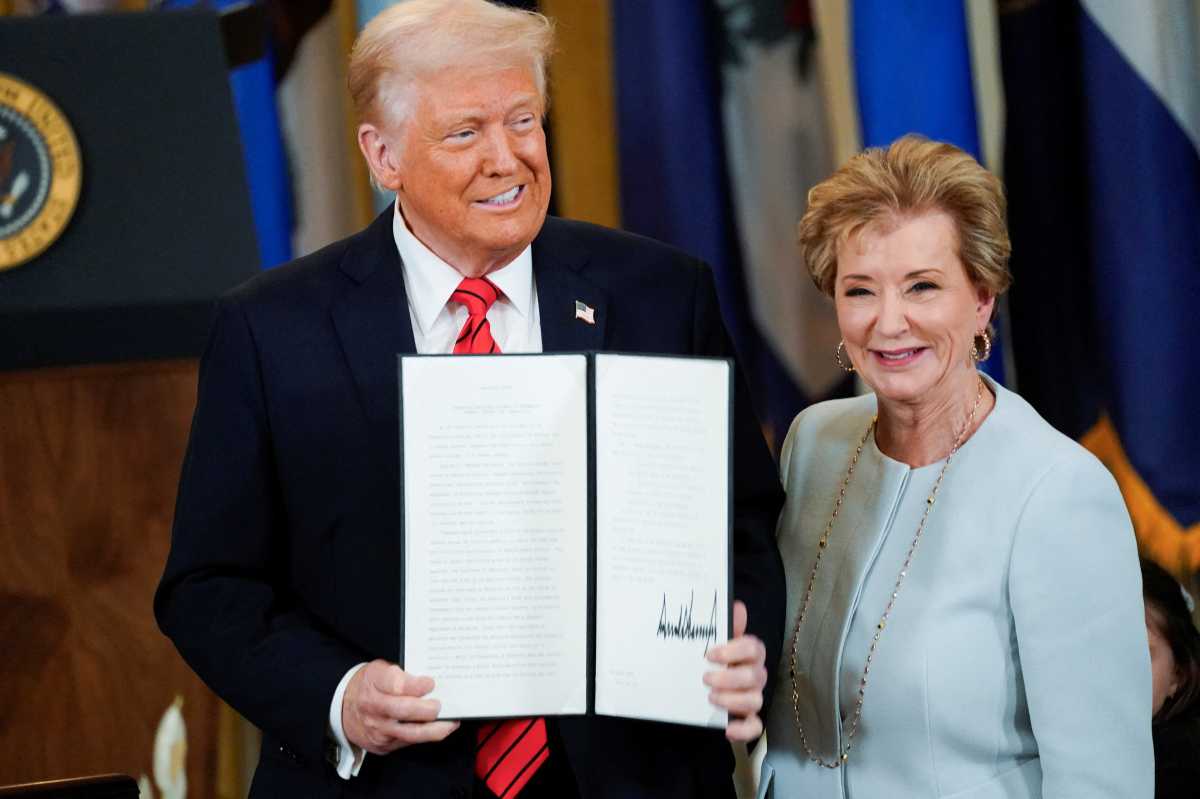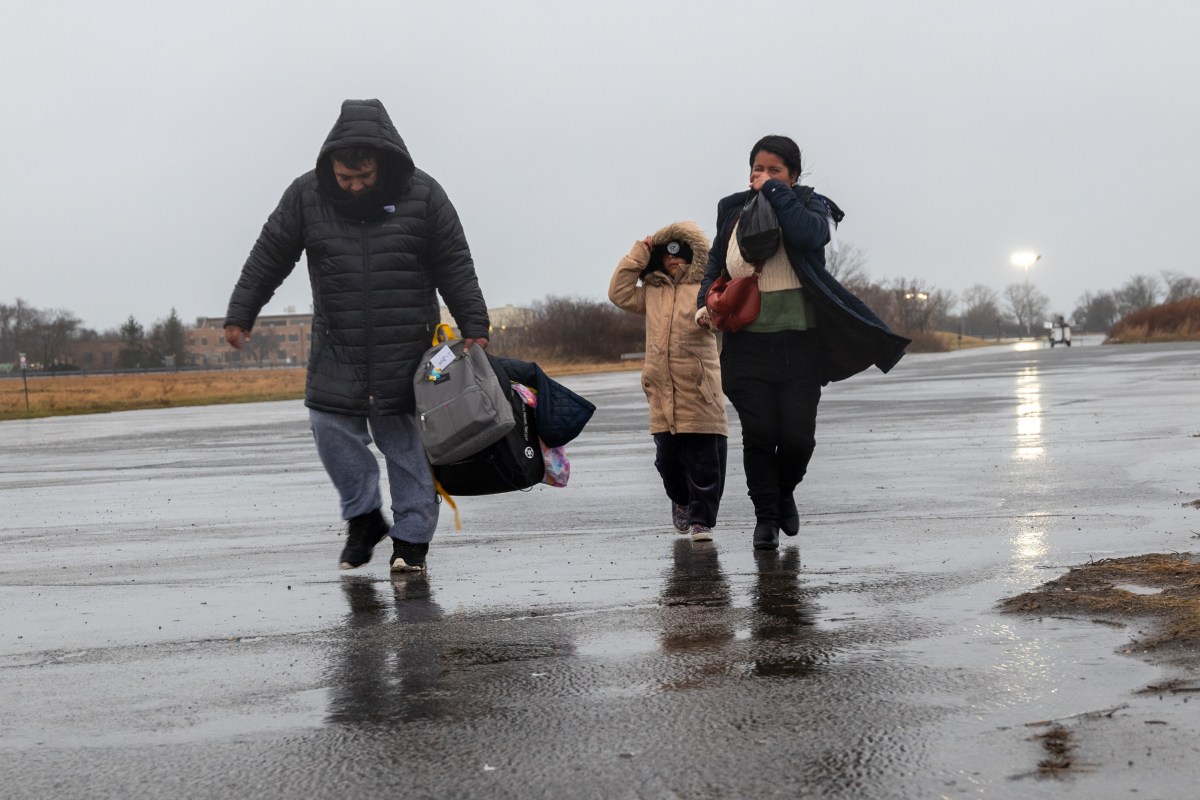As the COVID-19 pandemic has been threatening the physical health of New York City residents, it has also crippled its fiscal health.
With nonessential businesses having been closed for a month, the city is faced with decreased tax revenues to fund public services, including the large costs to provide medical treatment to the thousands of people that have fallen sick from the coronavirus.


City Comptroller Scott Stringer said on Monday that he estimates that the city would face a total loss of $4.8-6 billion in tax revenues due to the coronavirus. The majority of these losses are projected to occur during the 2021 fiscal year, which begins in June.
According to the Office of Management and Budget (OMB), New York City currently has $6 billion available in reserves. However, under existing regulations, the city cannot spend more money than it generates in a given fiscal year – meaning that these revenues will not be able to be used to make up for lost tax revenues next year.
To address the issue, on April 6, Borough President Eric Adams and Assembly Member Robert Carroll (D-Park Slope, Windsor Terrace, Kensington, Ditmas Park) requested Governor Cuomo’s approval for the city to create a rainy day fund. This would allow budget surplus from prior fiscal years to be put into a reserve that can be used for years with low economic revenues, such as the coming 2021 fiscal year. Although New York City residents voted for the creation of such a fund in 2019, as of now, Governor Cuomo has yet to authorize it.

“In times of abundance, the city should save for a rainy day,” says Carroll. “It’s important to save for the future. We should’ve done this earlier, but now it’s even more necessary.”
Asked if he believes that the city should pursue other provisions in addition to being allowed to create a rainy day fund, he says that this cannot yet be appropriately determined, as the full economic situation of the city remains uncertain.
The preliminary Fiscal Year 2021 city budget is $95.3 billion — $2.5 billion higher than the previous year. In addition, between June 2014 and February 2020, the city workforce grew by almost 28,000, according to OMB.
“The mayor suggested cutting the budget,” says Carroll. “But I don’t think cutting jobs is the right way to go.”
On Tuesday, as a first step to dealing with the current economic crisis, City Hall rolled out a $1.3 billion budget cut. The majority of these cuts come from education and health and social services, amounting to $264 million and $256 million, respectively.
However, Maria Doulis of the nonprofit Citizens Budget Commission says that these budget cuts will not be enough to address the city’s deficit.
The Mayor’s Office states that the city will be able to provide more detailed measures once it releases its executive budget at the end of April.










